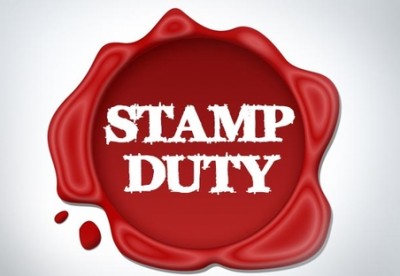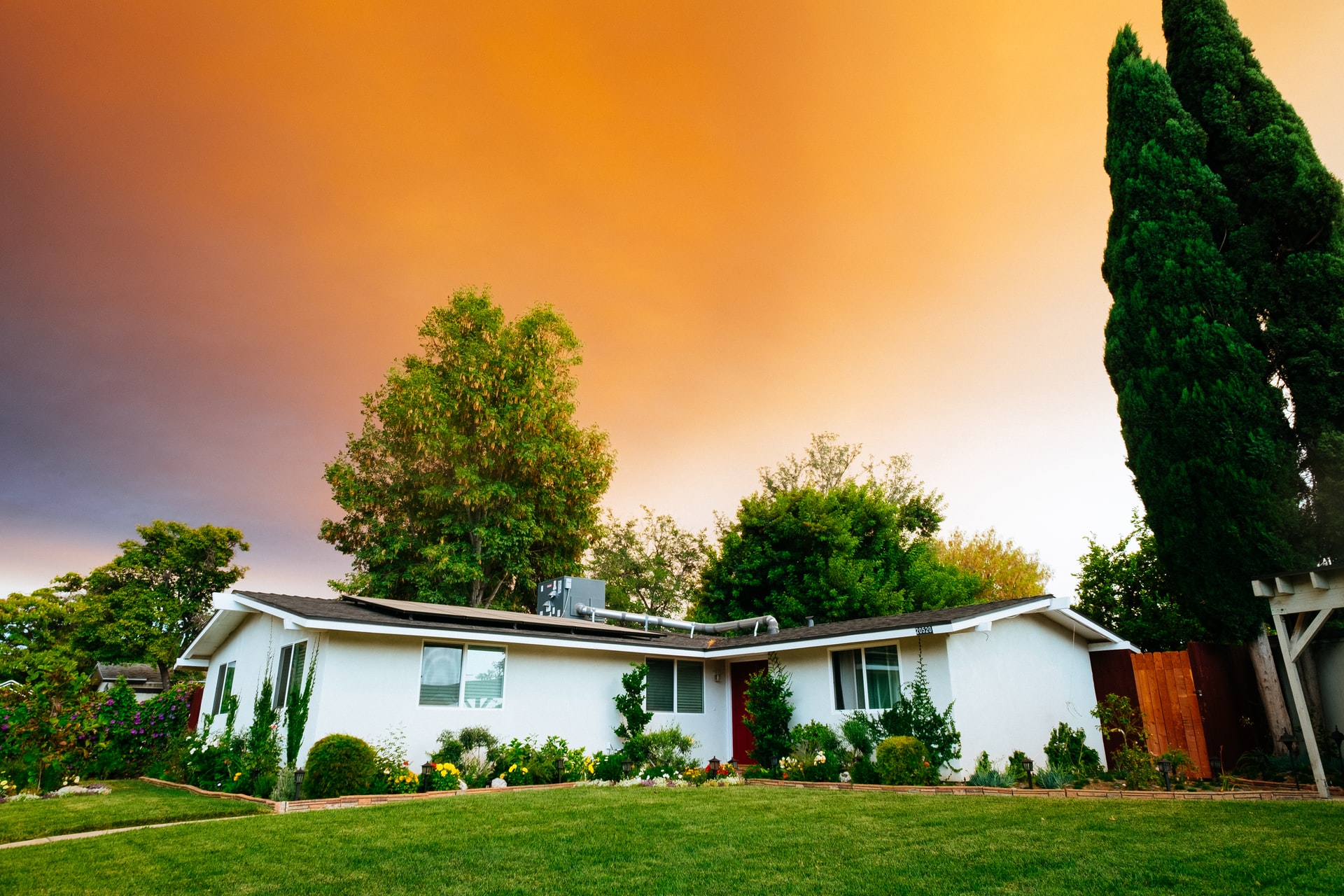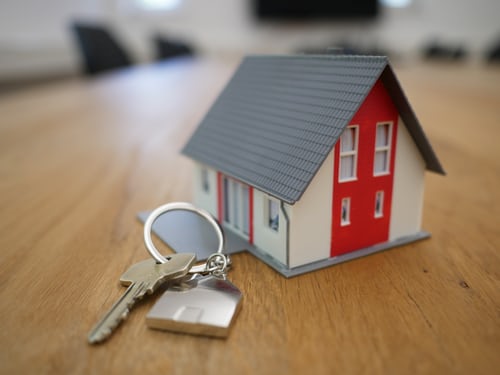
Stamp duty is a tax on the properties over the price of £125,000 made when a homeowner purchases the home. And until recently it was unfair. That is not a politically-motivated statement, and nor is it a lonely, individual view. It was a description by the Chancellor of the Exchequer George Osborne, who unveiled new plans in the Government’s autumn statement.
Under the old system a 1% tax of the total value was levied on properties between £125,000 and £250,000, a 3% tax was levied on properties between £250,000 and £500,000, 4% was levied on £500,000 to £1m, a 5% rate for £1m-£2m, and 7% for anything higher.
Here’s an example of why it was unfair for some. As stated above, anyone buying a home for £125,000 or less did not pay stamp duty. However, anyone buying a home for just one pound extra (£125,001) would immediately pay an extra 1% of the overall property value – which equates to an extra £1,250.01.
That extra expense could be the deal breaker as to whether a mortgage is approved or not, especially on top of constantly rising house prices plus valuations, solicitor’s fees, and many other nasty little extras. The Telegraph reported on the effect this ‘cliff-edge’ scenario was having, with some buyers even offering to pay for a sellers’ wedding in exchange for an agreement that their house price dip under the £500,000 mark.
New rules
So it was recognised that something new needed to be introduced, and the fresh system is undoubtedly much clearer and better for many people at the lower end of the housing market, saving an average of £4,500 per household in England and Wales.
As before, the first £125,000 of a house value is not taxed, and no stamp duty is paid. And again stamp duty is paid on any home costing £125,001 and more – but this tax is only paid on the ‘extra’ extra. From houses costing between £125,001 and £250,000 the stamp duty rate is 2%, but only on anything paid above the threshold.
So in the above case a £125,001 purchase would pay an extra 2p (2% of the extra £1) – quite a reduction! For a house costing £200,000, the stamp duty would be £1,500 – 2% of the £75,000 above the £125,000 threshold. Between £250,001 and £925,000 the rate is 5%, between £925,001 and £1.5m it is 10%, and above that it is 12%.
The system is not perfect for everyone. The tipping point is a house costing £937,500, for which stamp duty would remain exactly the same in the new system as it would under the old – £37,500, or the equivalent of 4%. Any homes with a higher value will now pay more; a million pound house would now also include stamp duty of £43,750, as opposed to £40,000 under the old system, for example.
A new system was also introduced in Scotland in April, known as the Land and Buildings Transaction Tax, with similar rules but different thresholds. For example, the tax begins at £145,000.
This stamp duty calculator courtesy of The Money Advice Service will help you find out exactly what you will pay now, with no need for calculations – and unless you’re approaching the millionaire bracket you’re likely to be a winner.




 POSTED BY
POSTED BY 

